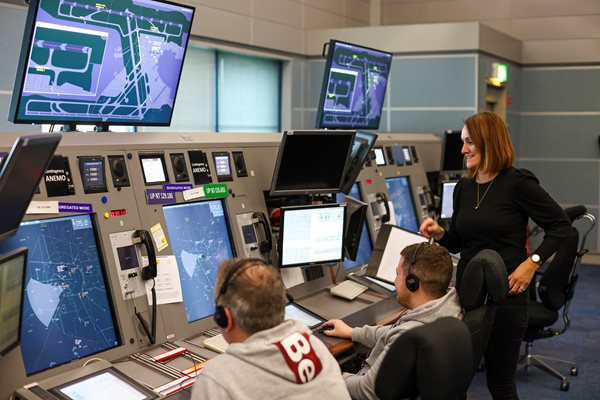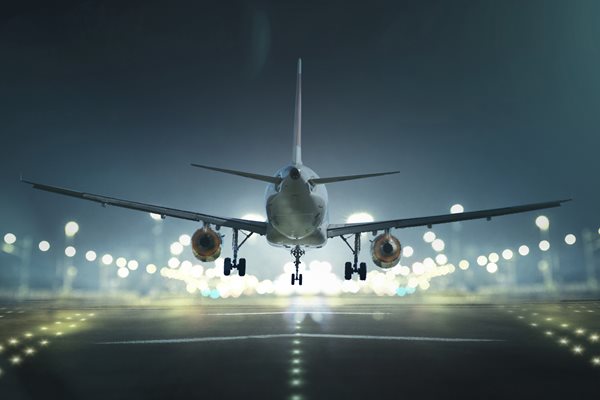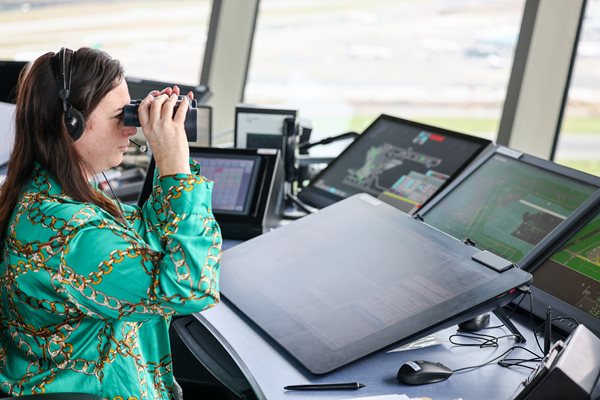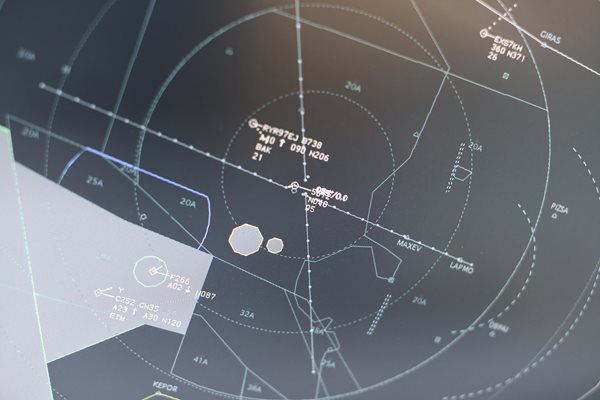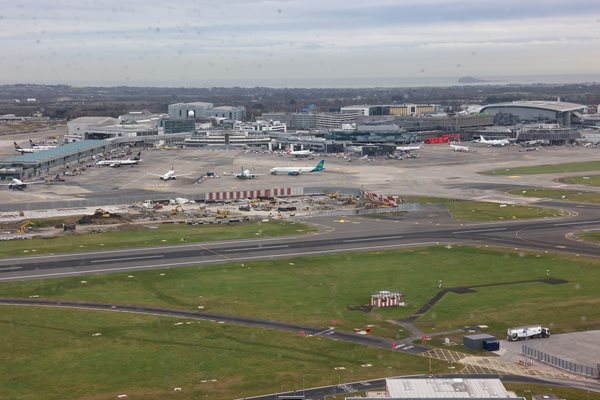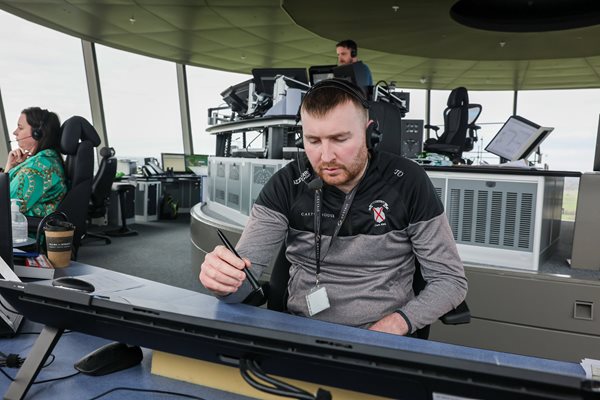Overview |
Aviation is responsible for about 3.5% of all gas/particle emissions. Work by aircraft manufacturers is continuing to focus on having modern fuel efficient aircraft, minimising fuel burn by proactive air traffic management and scheduling traffic in a manner to reduce holding and delays. The industry must act in an environmentally friendly manner. Air traffic management has a vital part to play, not just in delivering a safe and cost efficient air navigation service but also in minimising the adverse effects of civil aviation, notably aircraft noise and engine emissions.
|
Our Commitments |
We are committed to:
|
Energy Saving at our Facilities |
All our buildings use an intelligent lighting system and centralised printing. This helps reduce our energy demands and cut down on harmful emissions. |
Single European Sky Package II |
Single European Sky is a package of legislation which is aimed at enhancing safety, reducing costs, increasing airspace capacity and improving the environment. Environmental issues at the core of the Single European Sky and improved air traffic management should realise its potential to reduce greenhouse gas emissions from aviation. Prospective improvements are up to 10% per flight, which amounts to 16 million tons of CO2 savings per year and a reduction of annual costs by €2.4 billion.
|
Continuous Descent Approach (Point Merge) |
This is a method by which aircraft approach airports prior to landing. It is designed to reduce fuel consumption and noise compared with a conventional approach and involves maintaining a constant three degree descent angle during landing, until meeting the instrument Landing System (ILS). Basically, instead of approaching an airport in a stair-step fashion, throttling down and requesting permission to descend to each new (lower) altitude, CDA allows for a smooth, constant-angle descent to landing.This reduces noise pollution and saves fuel. Continuous Descent Approach (CDA) starts ideally from Top of Descent, (i.e. at cruise altitude), and allows the aircraft flying its individual optimal vertical profile down to runway threshold. Some airports apply constraints to this individual optimal profile such as imposing a constant descent angle (e.g. 3 degrees) or starting the CDA only after having left the holding pattern (e.g.London, at about 7,000 feet) due to Air Traffic Management constraints. Implemented in December 2012, Dublin Point Merge streamlines the way in which aircraft are sequenced to land at Dublin Airport and uses new techniques to assist airlines to fly in CDAs to the main runway. It has almost eradicated the need to put aircraft into traditional, circular holding patterns at Dublin and greatly reduces aircraft fuel burn and CO2 emissions.This is more environmentally-friendly and,depending on the aircraft size, these CDAs permit the aircraft to reduce their fuel burn by up 250kg of fuel (approximately €170.00 at aviation fuel prices) and 750kg of CO2 per arrival. |
Shannon En-Route Upper Airspace Re-Design |
Airlines use less fuel, passengers spend fewer hours in the air and the environment has benefited from reduced CO2 emissions following the introduction, in December 2009, of a new system to streamline air traffic management. Developed by AirNav Ireland with other international air traffic agencies, the ENSURE project removes the myriad of outdated air routes and allows airlines to plan their flights to route directly through Irish airspace. |
Precision-RNAV |
P-RNAV offers the ability to use RNAV functionality in all phases of flight except final approach and missed approach. It is used to define routes in terminal airspace which meet the needs of the aircraft operators and the air navigation services provider. This often means shorter, more direct routes with simple connections to the en-route structure. With environmental issues now playing a major role, routes can be designed to make best advantage of the airspace available and, where possible, by-pass densely populated areas, thus reducing noise pollution and CO2 emissions. |

